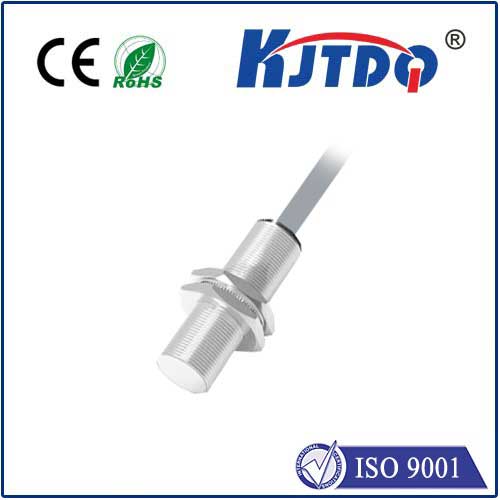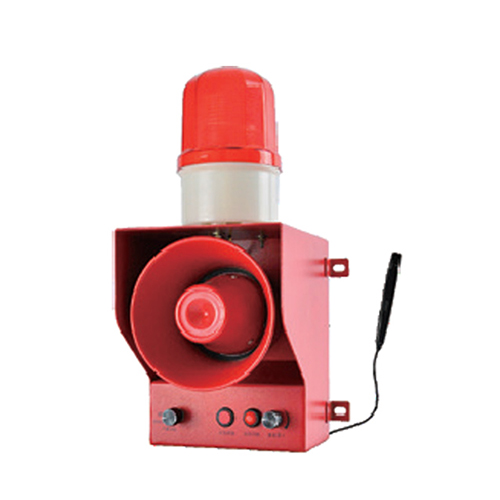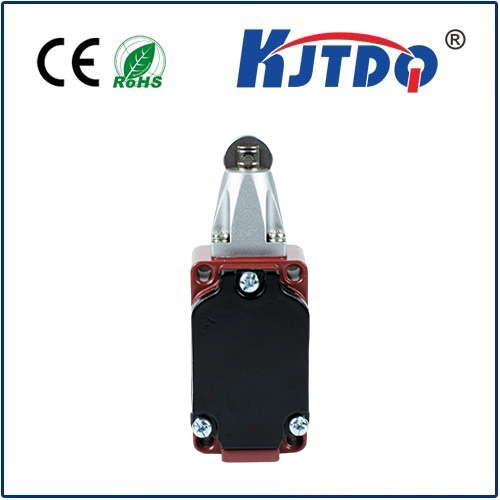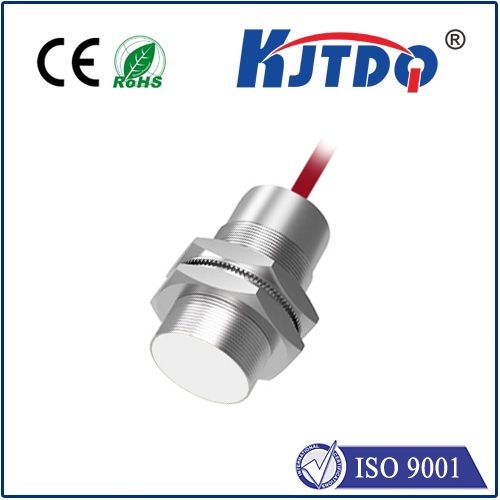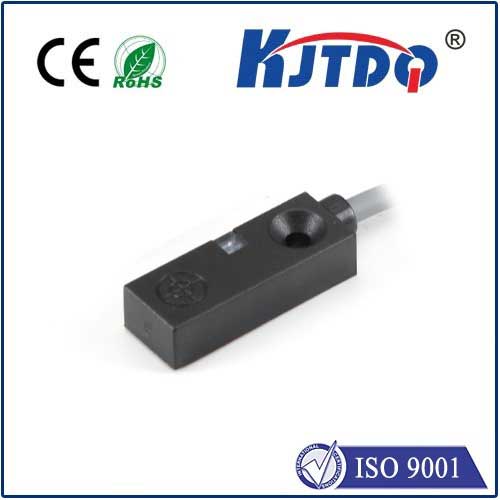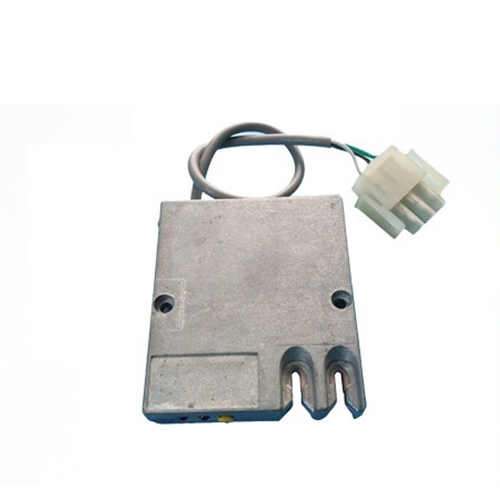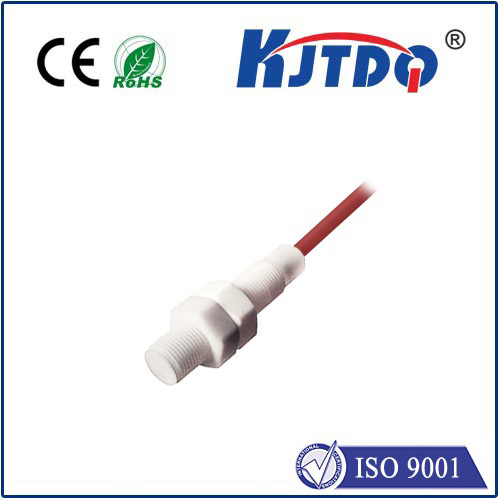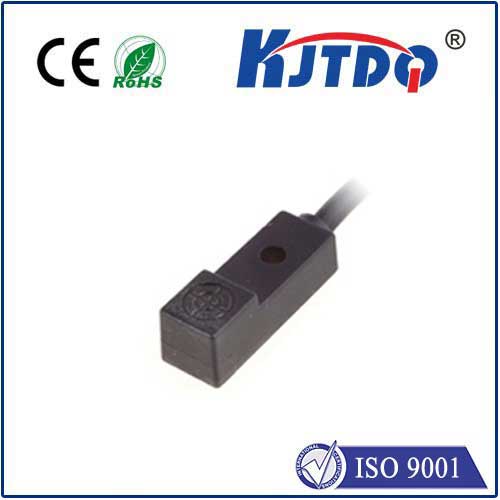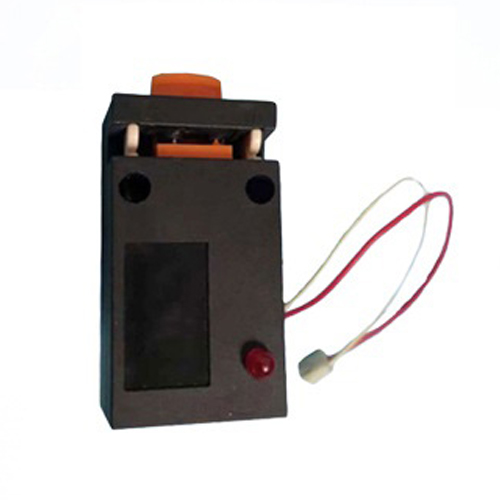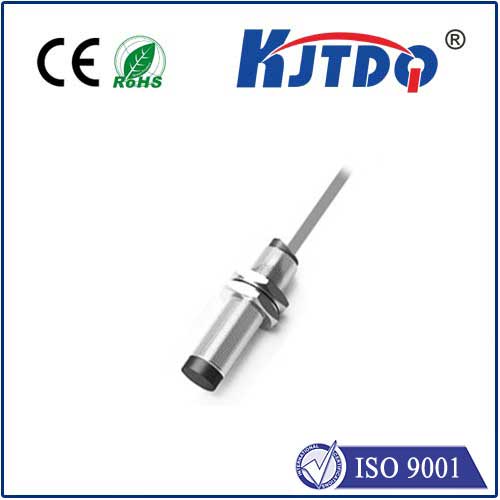BES04TL proximity sensor
- time:2025-10-16 09:24:56
- Click:0
BES04TL Proximity Sensor: Unlocking Reliable Detection in Modern Automation
Imagine a robotic arm smoothly assembling components, a packaging line swiftly sealing boxes without error, or an elevator door opening precisely as you approach. This seamless interaction between machine and environment often hinges on a critical, unseen component: the proximity sensor. Among the many options available, the BES04TL Inductive Proximity Sensor stands out as a workhorse in industrial settings, prized for its robust performance and consistent accuracy. Understanding its capabilities is key to optimizing countless automated processes.
Decoding the BES04TL: More Than Just a Model Number
While “BES04TL” might seem like an arbitrary string of characters, it typically follows industry-standard naming conventions that provide insights into the sensor’s core properties:
- BES: Often denotes the series or manufacturer’s specific product line.
- 04: Frequently indicates the sensor’s barrel diameter – in this case, most commonly 4mm. This compact size is crucial for installations where space is extremely limited.
- TL: Often specifies the connection type or cable properties. “TL” usually signifies a flexible PVC-sheathed cable output. Other common suffixes include “M” for connectors or specific cable lengths.
The Core Principle: Inductive Sensing
At its heart, the BES04TL operates on the fundamental principle of inductive proximity sensing. It generates a high-frequency electromagnetic field emanating from its sensing face. When a metallic target enters this detection field:

- Eddy currents are induced on the surface of the metal object.
- These eddy currents cause a measurable damping or loading effect on the sensor’s internal oscillator circuit.
- The sensor’s integrated electronics detect this change in oscillation amplitude.
- This detection triggers an output state switch (ON or OFF).
It’s vital to remember that inductive sensors like the BES04TL are specifically designed to detect ferrous metals (like iron or steel) and non-ferrous metals (like aluminum, brass, or copper), albeit with potentially different sensing ranges. They do not detect non-metallic objects (like plastic, wood, or liquids).
Why Choose the BES04TL? Key Advantages in Automation
The widespread adoption of sensors like the BES04TL in demanding factory environments isn’t accidental. It delivers several tangible benefits that translate into operational efficiency and reduced downtime:
Robustness and Environmental Resistance: Engineered for demanding settings, the BES04TL typically boasts a high Ingress Protection (IP) rating (e.g., IP67), safeguarding it against dust ingress and temporary water immersion. Its housing is usually nickel-plated brass or stainless steel, offering excellent resistance to corrosion, impact, vibrations, and common industrial chemicals. This reliability translates directly to lower maintenance costs and extended service life.
Exceptional Response Speed & Accuracy: Inductive proximity sensors are renowned for their fast switching speeds. The BES04TL typically features response times measured in fractions of a millisecond (e.g., ≤ 0.5ms). This high speed is essential for applications requiring precise timing, such as high-speed counting on conveyor belts or detecting very small, rapidly moving parts. Their non-contact nature ensures wear-free operation and eliminates mechanical stress on both the sensor and the target.
Compact Design and Installation Ease: With a miniature 4mm diameter barrel, the BES04TL excels in applications where space is at an absolute premium – inside compact machinery, tight assembly fixtures, or confined robotic grippers. Installation is generally straightforward, often requiring just a simple mounting bracket or threaded bushings.
DC 3-Wire Configuration (NPN or PNP): The BES04TL is commonly available in the standard DC 3-wire configuration. This offers flexibility to match your existing control system’s input type:
- NPN Output (Sourcing): The output switches the negative (0V) side of the load. Commonly used with PLCs employing Positive Logic (Sinking Inputs).
- PNP Output (Sinking): The output switches the positive (+V) side of the load. Commonly used with PLCs employing Negative Logic (Sourcing Inputs).
- It typically offers a Normally Open (NO) switching function, meaning the output is OFF when no target is present and switches ON when a target enters the sensing range. Other variants like Normally Closed (NC) might be available.
Where the BES04TL Proximity Sensor Excels: Typical Applications
Due to its compact size, durability, and precise detection capabilities, the BES04TL finds a home in a vast array of automation and machinery scenarios:
- Micro-Part Detection: Verifying the presence or absence of tiny metallic components, screws, or pins in assembly processes.
- Position Verification: Confirming the end position of small cylinders, slides, or actuators within miniature mechanisms.
- High-Speed Counting: Accurately tallying small metallic items (washers, caps, tablets) moving rapidly on conveyors.
- Machine Tooling: Monitoring tool position, detecting broken tools (if metallic), or confirming workpiece clamping on CNC machines or small-scale lathes.
- Robotics: Providing precise feedback on gripper position or detecting the presence of metal parts within a robot’s workspace in compact robotic cells.
- Packaging Machinery: Detecting foil seals, metal clips, or confirming the position of small metal components on filling and capping lines.
- Material Handling: Monitoring elevator car position (metal guides), detecting metal slugs on vibratory feeders, or preventing jams in bottling lines.
- General Factory Automation: Any application requiring reliable, non-contact detection of small metallic objects in confined or harsh spaces.
Selecting and Implementing Your BES04TL: Key Considerations
To ensure optimal performance:
- Nominal Sensing Range (Sn): This is the theoretical ideal detection distance under standardized conditions (typically defined using mild steel). For a 1mm sensing range is common, but always verify the datasheet. Remember the effective operating distance can be influenced by the target material, size, shape, and installation conditions. Factor in a safety margin (derating).
- Target Material & Size: Ferrous metals offer the longest range. Non-ferrous metals (copper, aluminum, brass) reduce the effective sensing distance significantly (typically 30-60% of Sn). Ensure the target is large enough to reliably trigger the sensor – a target smaller than the sensor face or too thin might not be detected consistently at the full nominal range.
- Operating Voltage: BES04TL sensors are typically designed for low-voltage DC supplies (e.g., 10-30V DC). Match the voltage to your power source. Confirm if the sensor includes reverse polarity protection.
- Output Configuration: Select NPN or PNP based on your controller’s input requirements. Double-check the switching function (NO/NC).
- Environmental Conditions: While robust, ensure the ambient temperature range (commonly -25°C to +70°C), presence of strong magnetic fields, or heavy metallic swarf won’t interfere with operation. Its **high IP rating provides significant resilience






